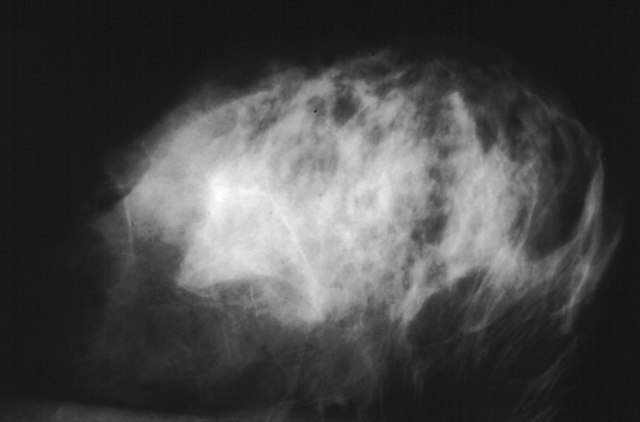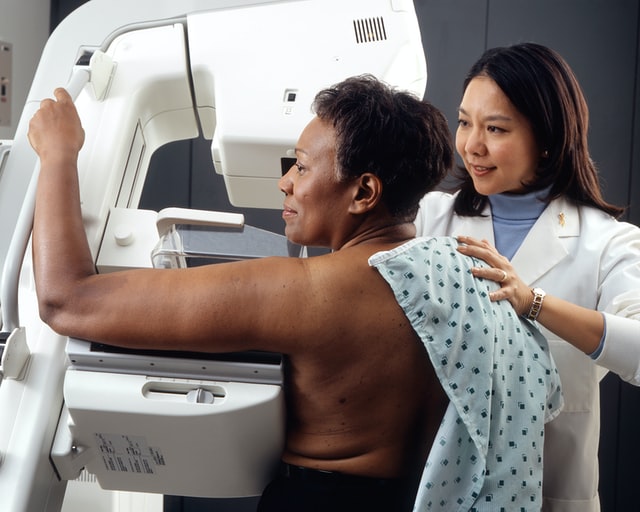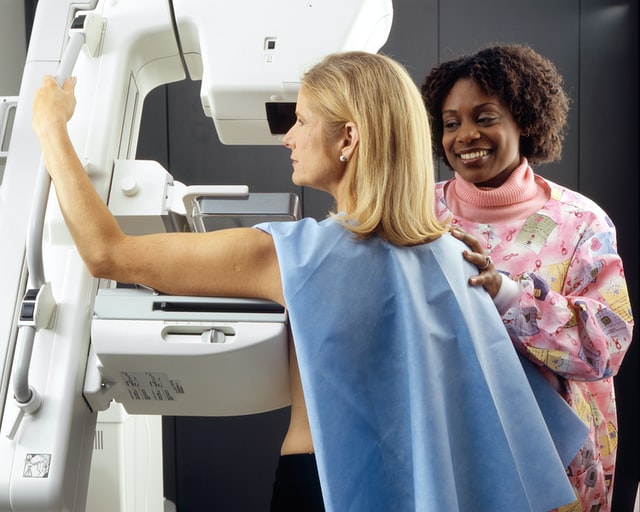In recent years, artificial intelligence (AI) has made remarkable strides in revolutionizing the landscape of the medical field, offering unprecedented opportunities for enhanced patient care, diagnosis, and treatment. From accelerating the analysis of medical imagery to predicting disease outcomes with unparalleled accuracy, AI-powered technologies have swiftly established themselves as indispensable tools for healthcare professionals. Beyond diagnostics, AI has played a pivotal role in drug discovery, streamlining clinical trials, and personalizing patient interventions. As AI continues to evolve, its potential to transform healthcare systems globally is becoming increasingly evident, promising not only improved medical outcomes but also cost-effective solutions and optimized resource allocation. The fusion of AI’s computational prowess with medical expertise heralds a new era of medical advancements that hold the potential to alleviate the burden on healthcare systems, save lives, and redefine the standards of patient well-being.
In the United States alone, it is estimated that around 40 million mammograms were performed each year. Mammograms are crucial as they are the primary method for early detection of breast cancer, enabling timely intervention and improving survival rates. By detecting small abnormalities and tumors that may not be palpable, mammograms help identify potential breast cancer cases in their earliest stages, allowing for more effective and less invasive treatment options.

Radiologists often find themselves overwhelmed due to the increasing volume of medical images requiring analysis, coupled with a shortage of radiology specialists. The demand for accurate and timely diagnoses, especially in fields like mammography, can lead to extended work hours and heightened stress levels among radiologists. Introducing AI technologies can alleviate this burden by assisting in image analysis, enabling radiologists to focus on complex cases and ensuring more efficient patient care.
How AI Helps in Mammography
A recent study published in The Lancet Oncology suggests that artificial intelligence (AI) may outperform trained doctors in detecting breast cancer from mammogram images. Mammograms face challenges due to factors like breast density, leading to missed cancer cases. The study analyzed 80,000 mammograms from Swedish women, finding that AI-assisted readings detected 20% more cancers compared to human radiologists. While not a standalone solution, AI could alleviate doctors’ workloads, enhancing accuracy without increasing false negatives. Despite FDA-approved AI technologies, integration with conventional methods is likely, aiding radiologists in managing a growing workload. The balance between AI and human expertise remains essential, ensuring optimal patient care and early cancer detection.
Healthcare experts, including the NHS and the Royal College of Radiologists, acknowledge AI’s promise in enhancing efficiency, decision-making, and prioritizing critical cases.
Vesta Teleradiology
AI applied to diagnostic imaging holds the potential to significantly enhance the level of patient care. We eagerly anticipate further progress in this field. However, we maintain the viewpoint that presently, no machine can effectively substitute for the expertise of a skilled human observer for interpretations. At Vesta, we offer the services of radiologists who are US Board Certified, dedicated to delivering precise preliminary and final analyses. Discover how we can bolster your radiology department by reaching out to us today.
Sources:
Criver.com
health.com
theguardian.com
openai.com




